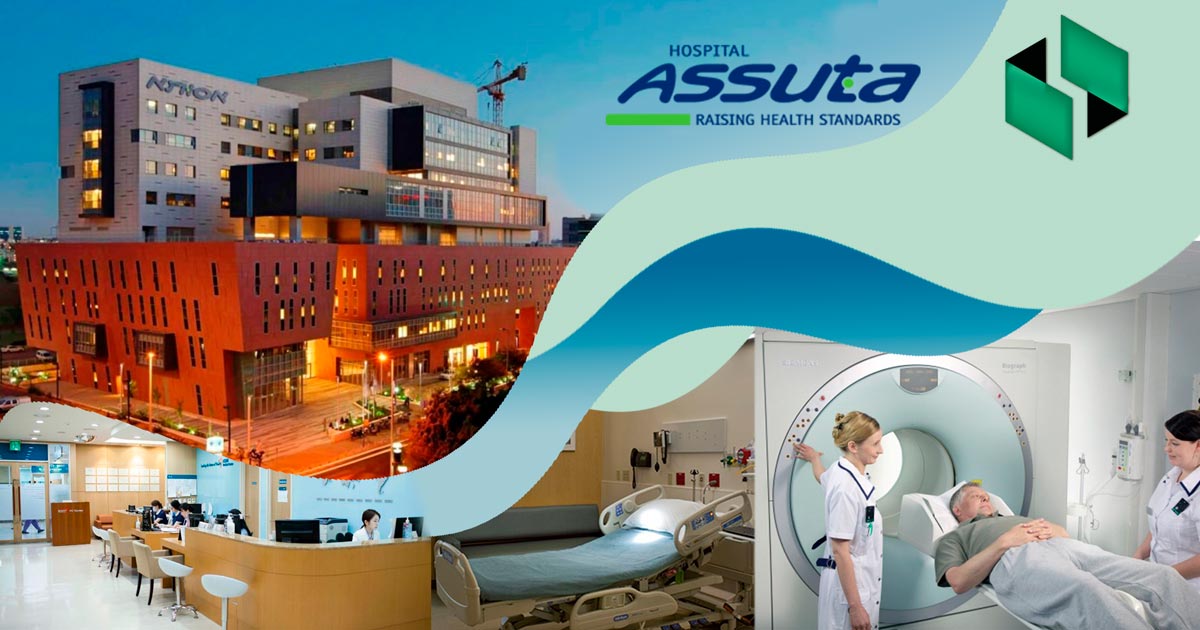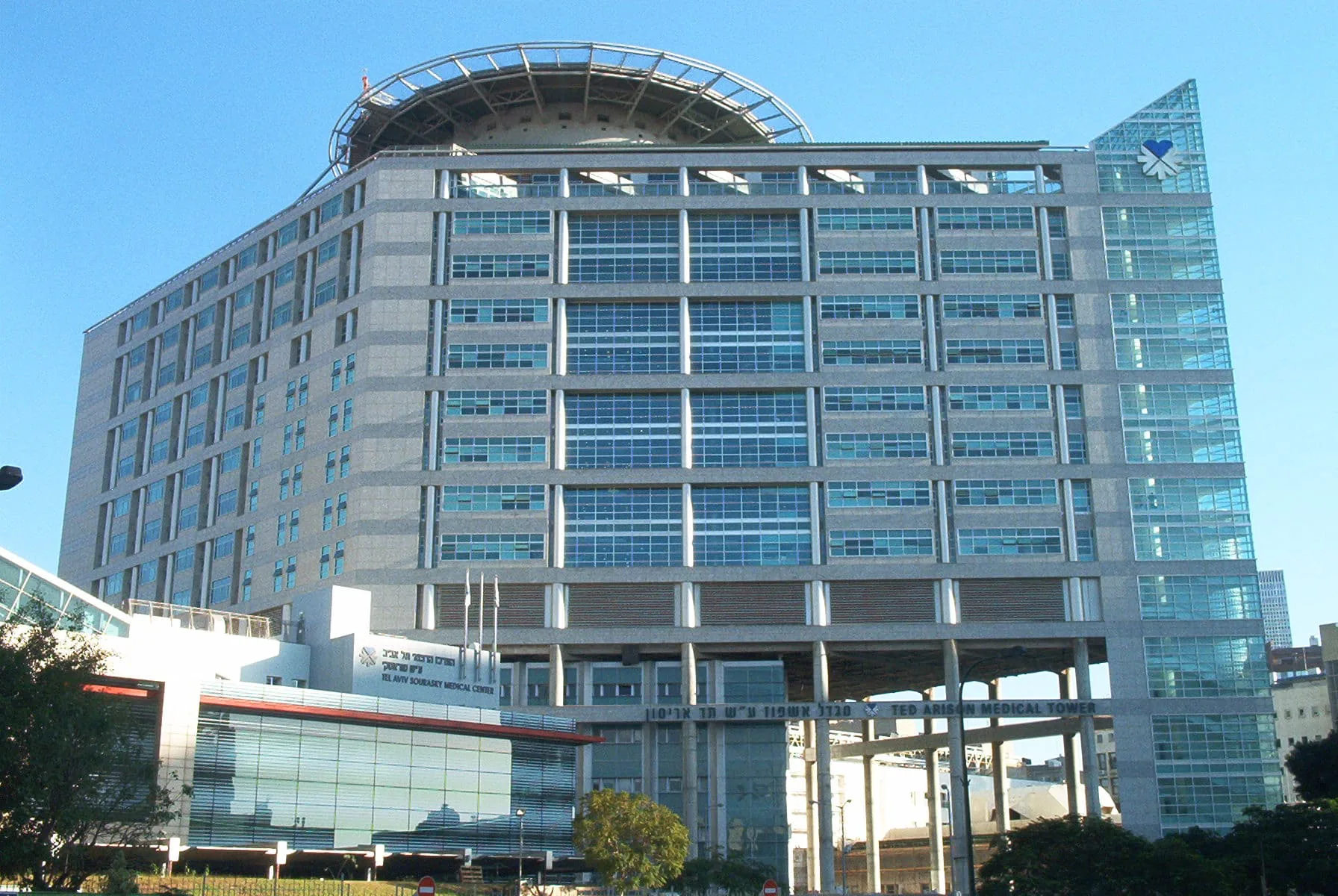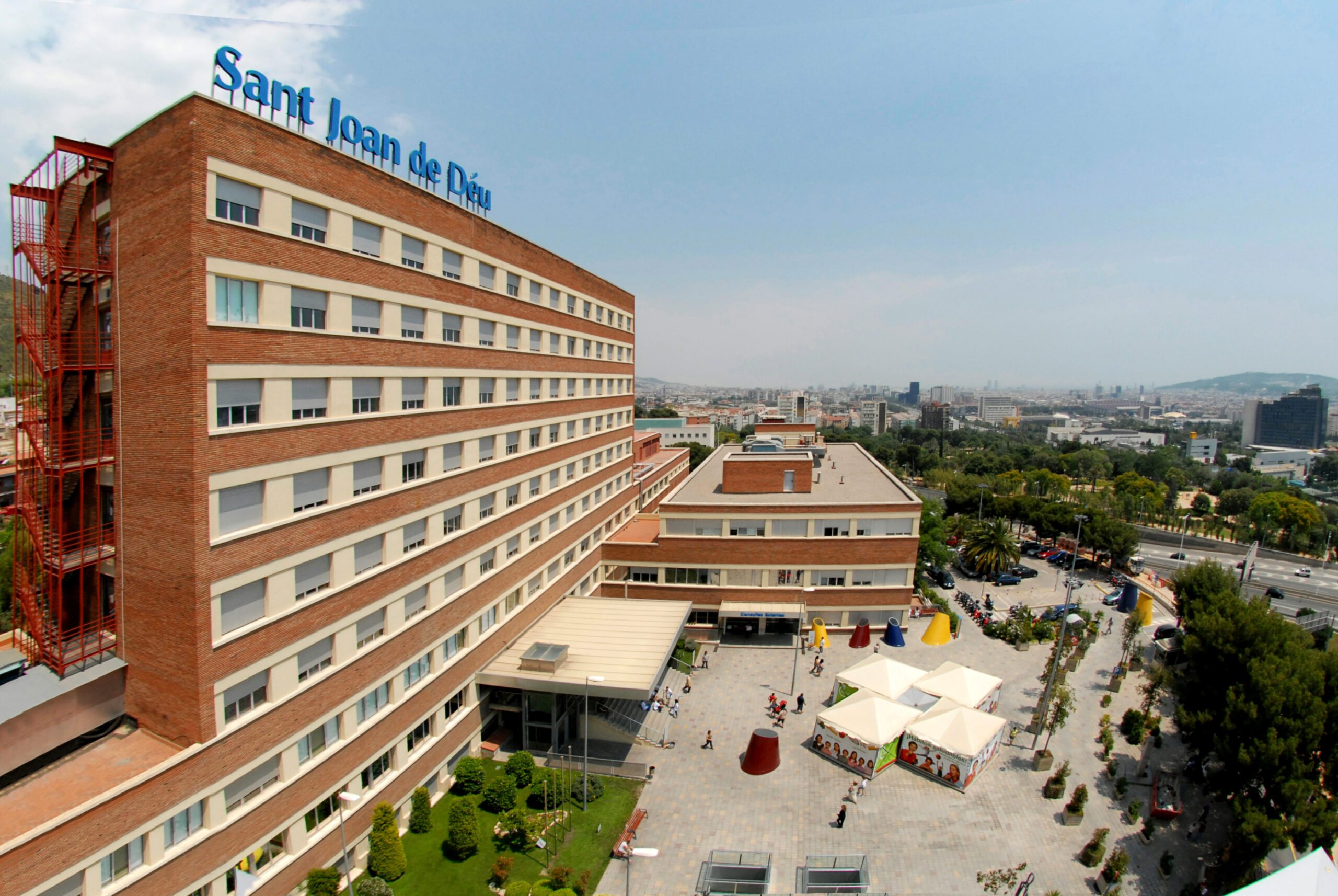Ventricular Septal Defect: Pathology Causes and Symptomatology
Ventricular septal defect (VSD) is a damage in the tissue separating lower chambers. Pathology blocks ventricularis cavities interaction. VSD is revealed as individual pathology, and in combination with other diseases, which has a more negative effect on the organism.
With a slight degree of pathology development, it may not create major complications, and even after a while it’s eliminated spontaneously. Moderate in severity and more dangerous disease varieties require treatment – otherwise complications may arise.
Ventricular septal defect causes
Heart disease appears due to abnormalities in early stages of organ development. Nevertheless, it’s difficult to determine roots of particular defect. Here, not only genetical background and environment could hold a significance, but various other factors.
- With fetus growth in the womb, VSD appears because the muscular structure separating the heart into two parts cannot form correctly – native deficiency.
- Ventricular septal defects belong to hereditary pathologies group, but it can also manifest itself in other genetic diseases, such as Down’s syndrome.
- Degraded environmental situation impact: polluted air, water, genetically modified food, etc.
Ventricular septal defect symptoms
Doctor can identify disease in advance, after listening to the heart – in the pathology existence, specific noises are heard. Preliminary diagnosis can be made in prenatal period – after next ultrasound test. Mostly, dangerous heart defects are known from the beginning of baby’s life. Signals of VSD for children:
- baby doesn’t eat fully and noticeably lags behind in development from peers;
- child has constant rapid respiration or shortness when breathing;
- baby gets tired very quickly.
Ventricular septal defect diagnosis and treatment
For ventricular septal defect diagnosing, breast X-ray is performed. Apparatus finds growth in the pulmonary vascular pattern. Another common diagnostic method is electrocardiogram. Both methods don’t diagnose the VSD presence with of slight degree. In this case, it’s better to use the most effective method, namely, echocardiography. Thanks to this cardiology technique, doctor will receive necessary anatomical and hemodynamic data.
There’s only one way of ventricular septal defect treatment – surgical. Previously, all operations consisted in plastic defect with artificial blood circulation maintenance, by dissecting the sternum. To date, medicine has stepped much further and ventricular septal defect surgery is already being performed by endovascular method – through femoral essels, or transventricular heart surgery – through an inconspicuous incision on beating heart.










